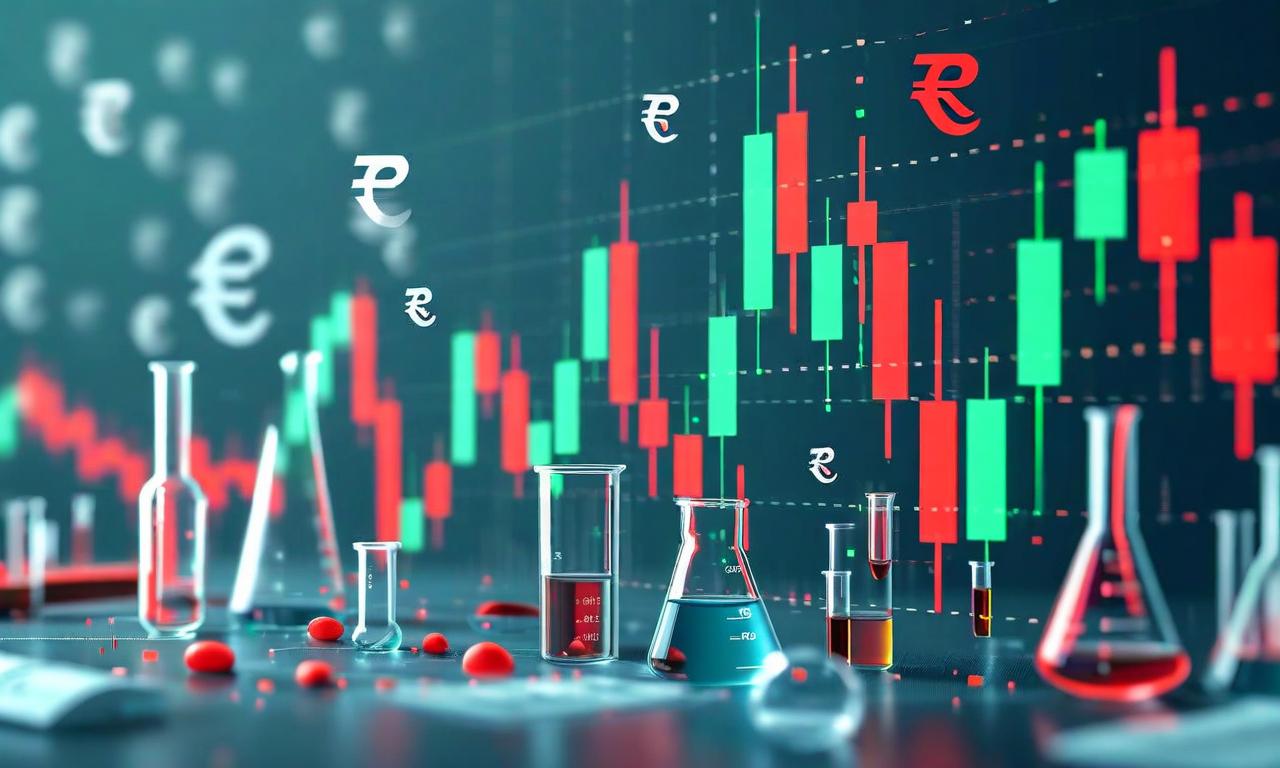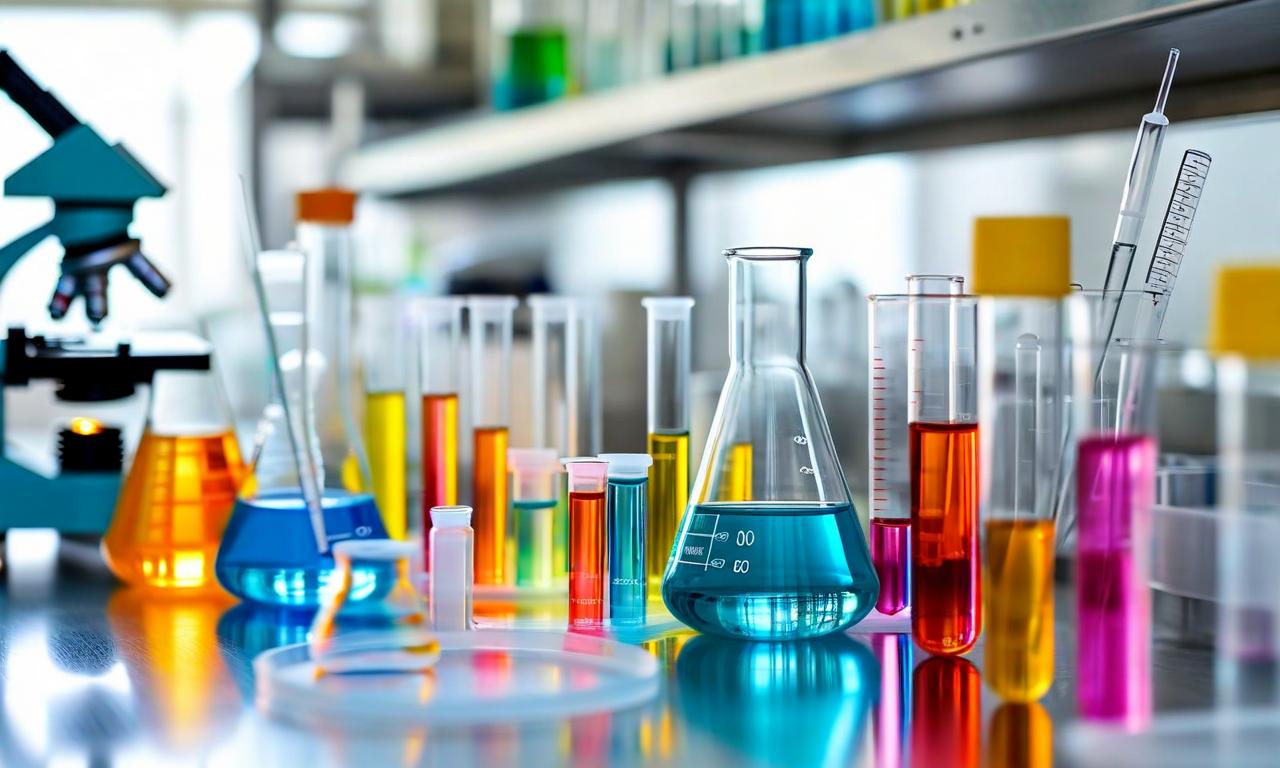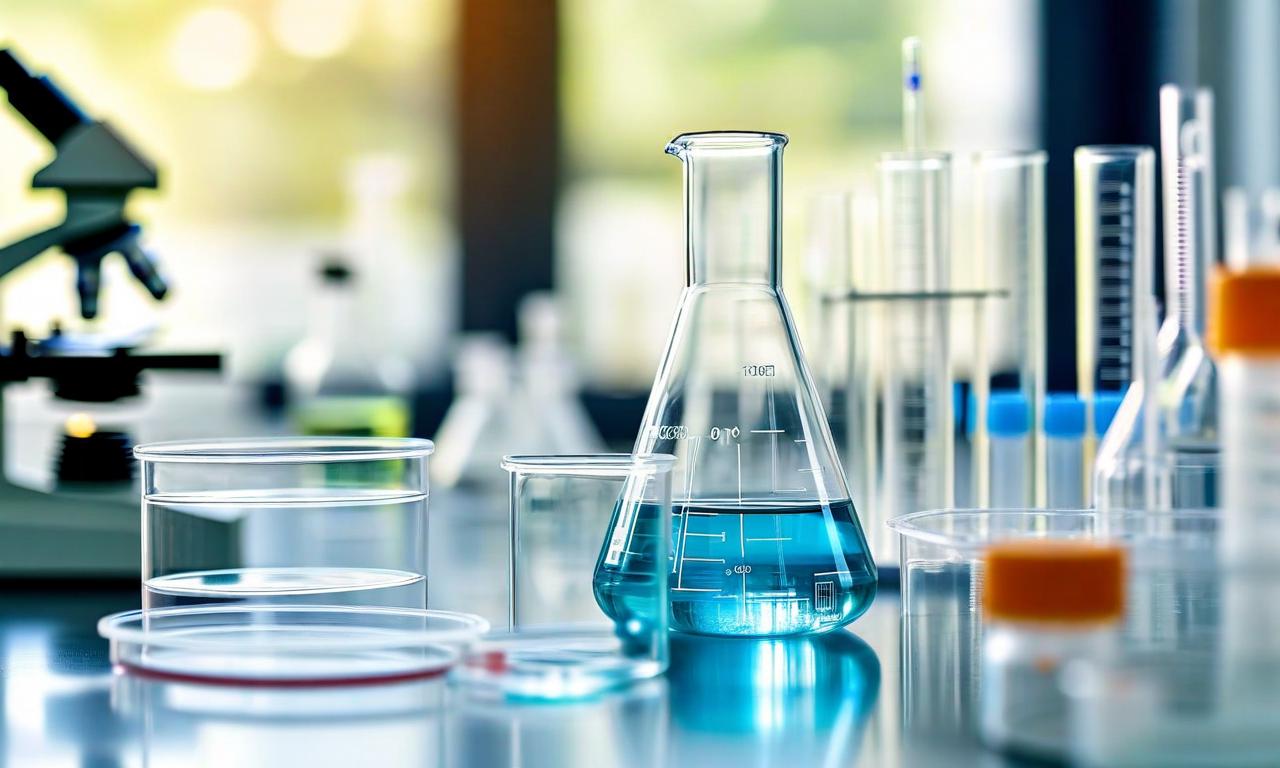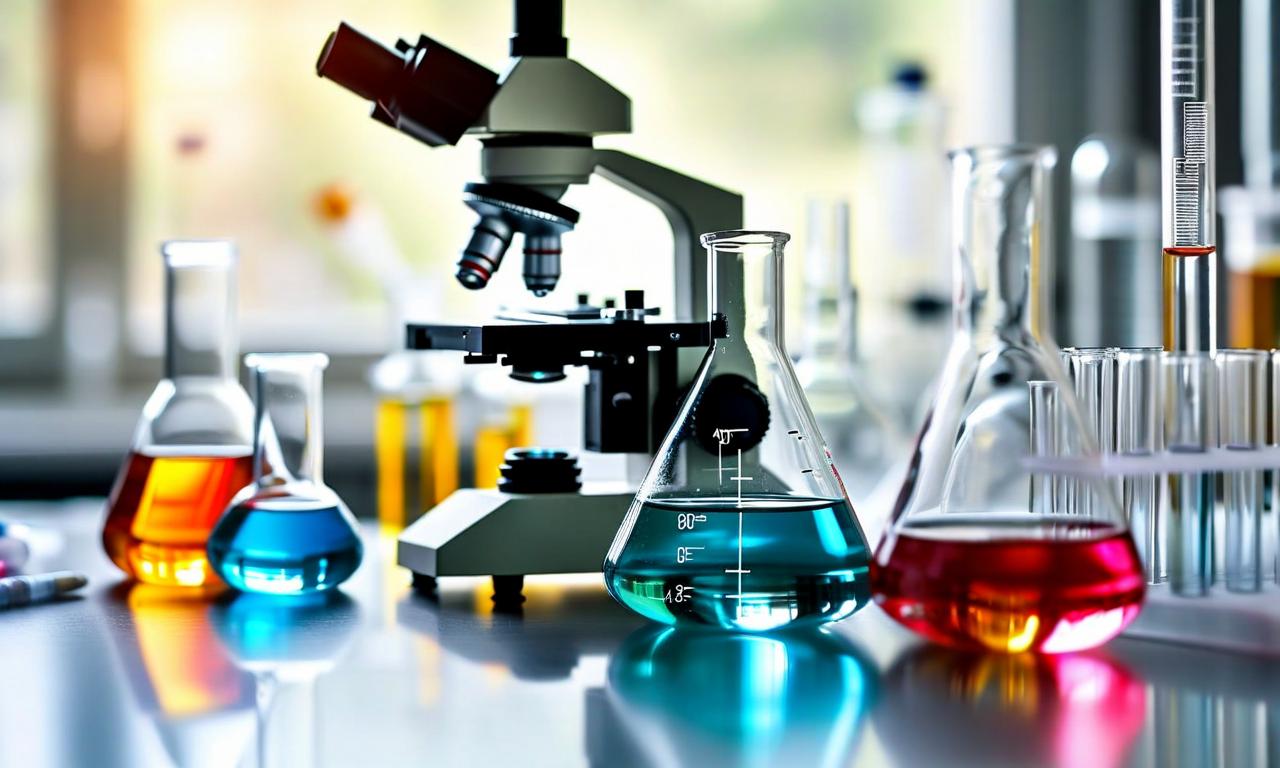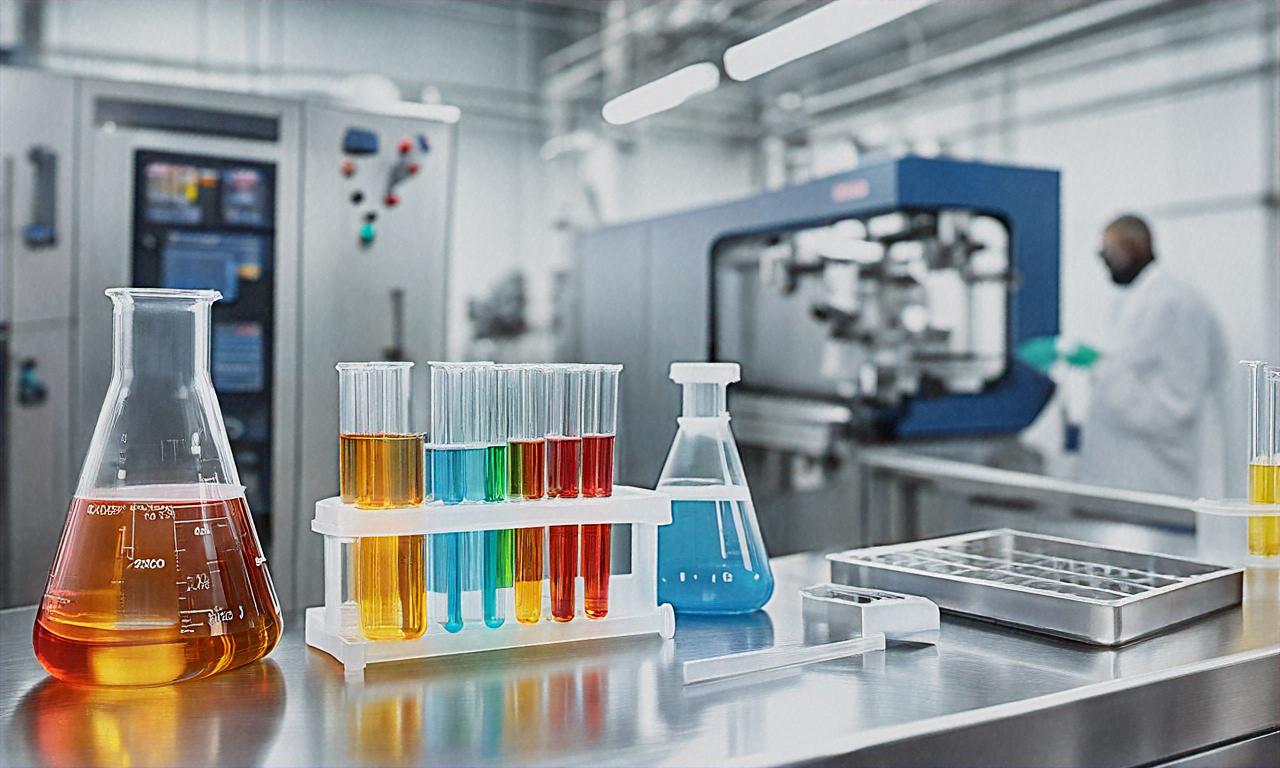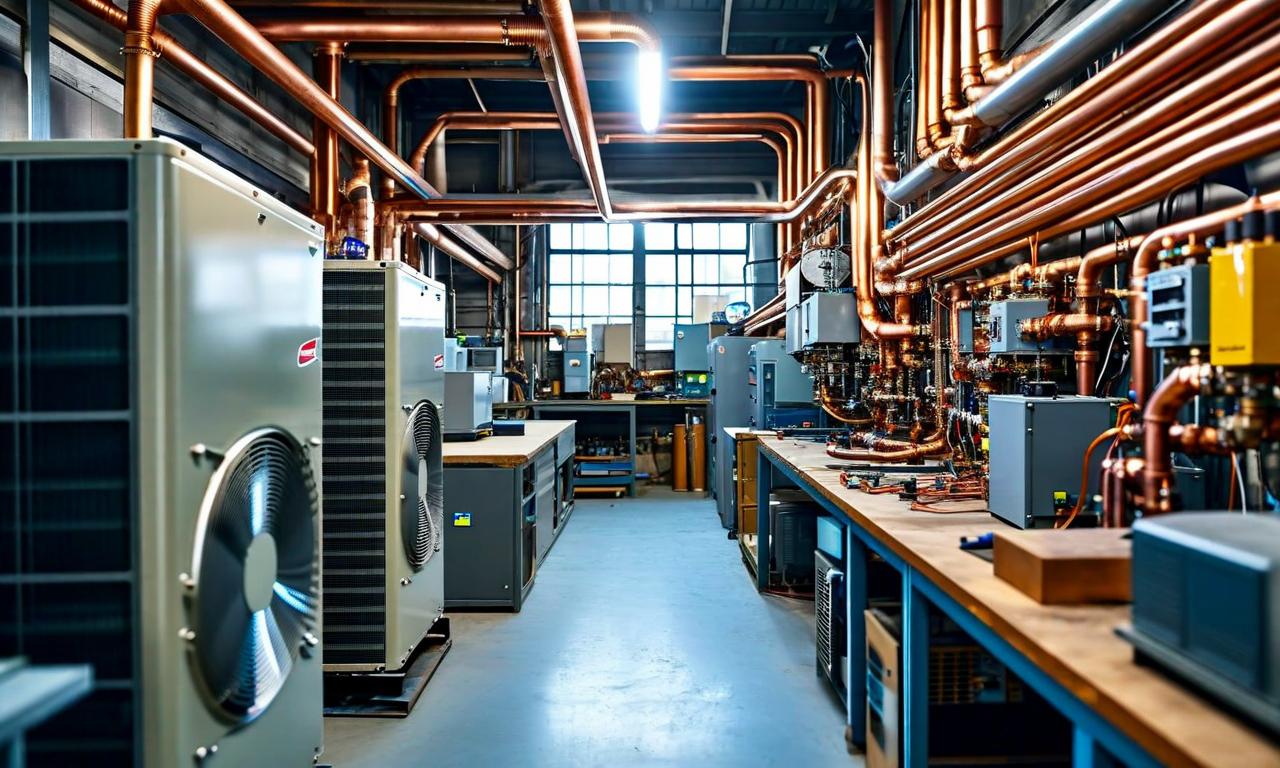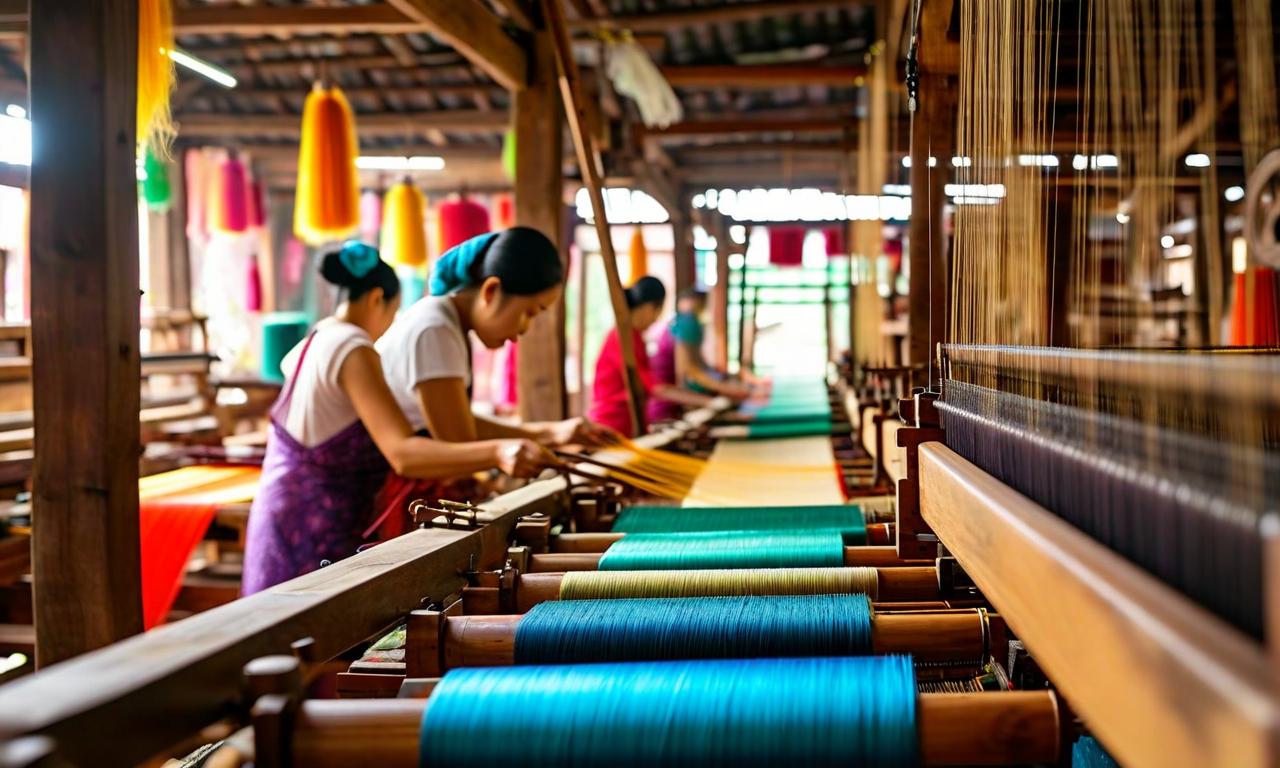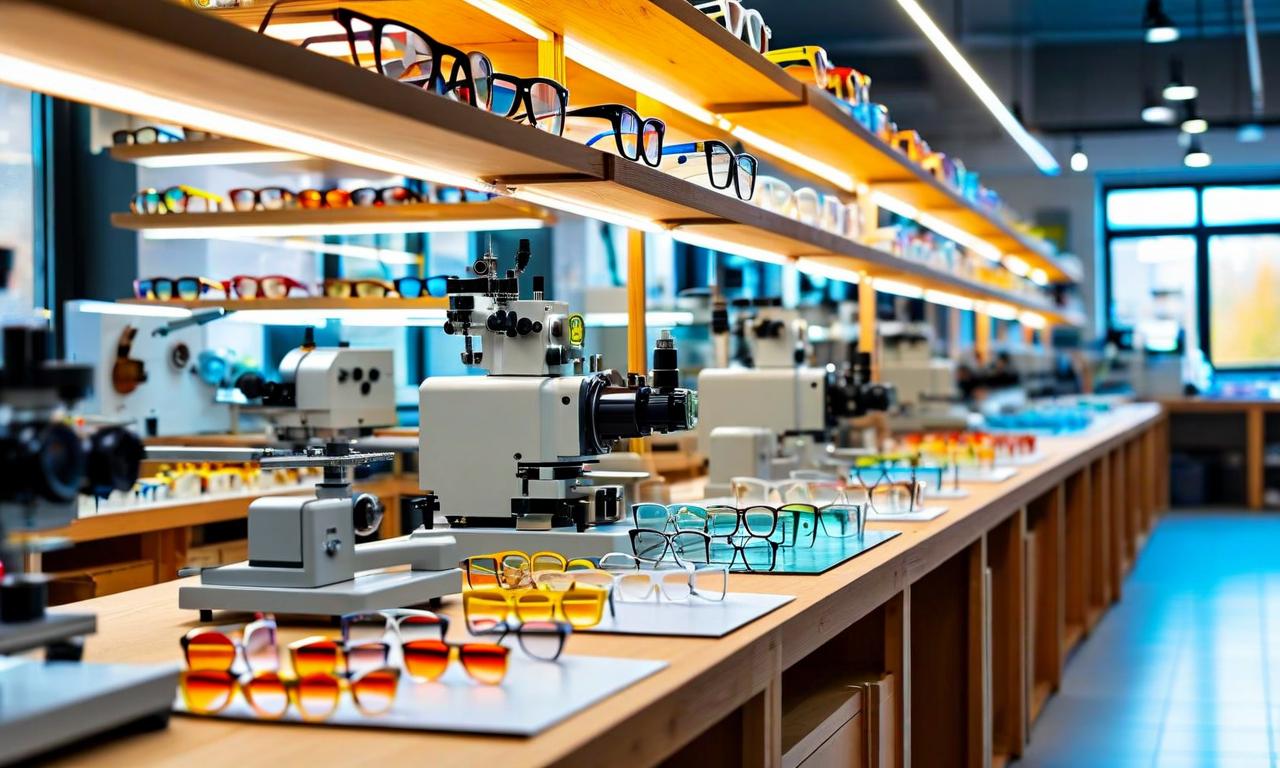Tarsons Products Reports Mixed Q2 FY26 Results: Revenue Growth Amid Profit Decline
Tarsons Products Limited reported mixed Q2 FY26 results with revenue growth to INR 81.00 crores and EBITDA increase of 11% YoY to INR 26.00 crores. However, PAT declined to INR 6.50 crores due to higher depreciation expenses of INR 20.00 crores from partial capitalization of the Panchla facility. The company is nearing completion of capex at Panchla and Amta facilities, expected to be fully operational by Q4 FY26. Tarsons launched new products including bioprocess-related items and anticipates strong turnaround as utilization levels increase. Management expects new capacity to generate peak revenue potential of INR 350.00-400.00 crores over 3-5 years.
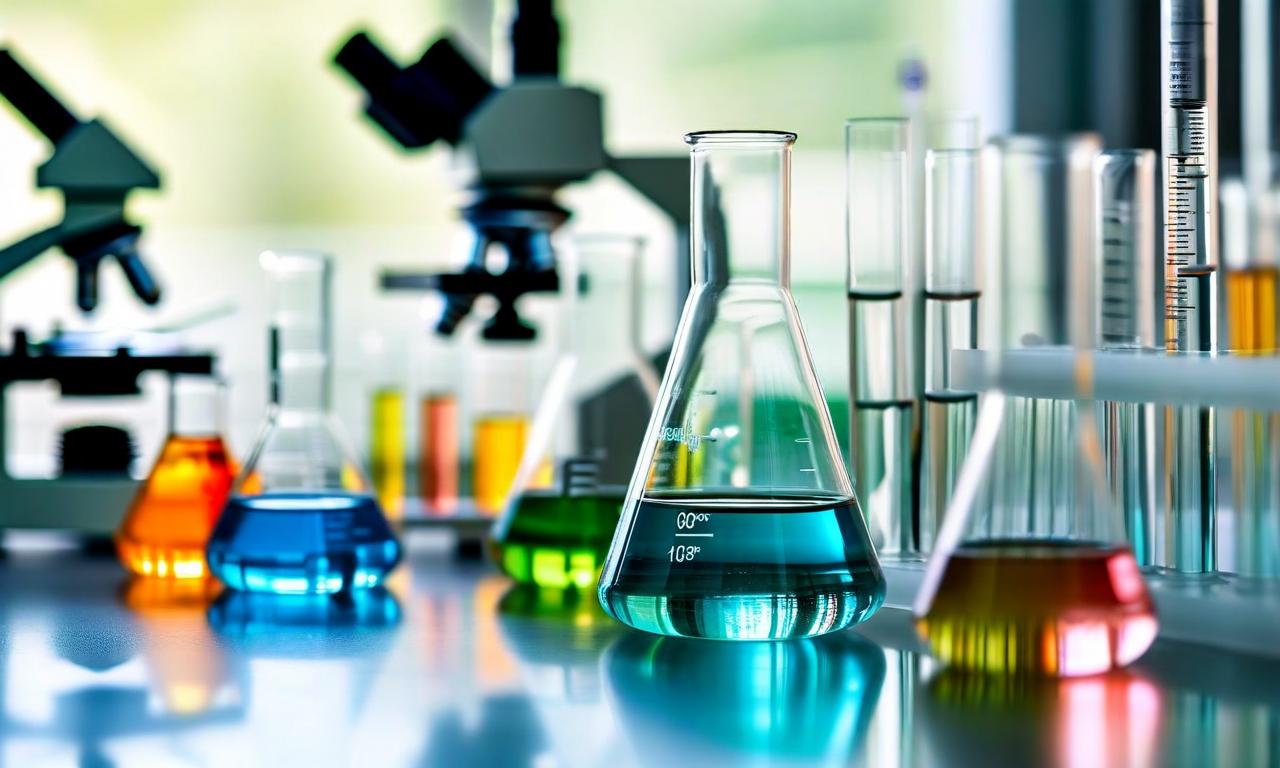
*this image is generated using AI for illustrative purposes only.
Tarsons Products Limited , a leading plastic labware manufacturer in India, has reported a mixed set of financial results for the second quarter of fiscal year 2026. The company saw revenue growth but experienced a decline in profits due to higher depreciation expenses associated with its ongoing capacity expansion.
Financial Highlights
- Revenue for Q2 FY26 stood at INR 81.00 crores, showing growth from the previous year.
- EBITDA rose by 11% year-on-year to INR 26.00 crores, with the EBITDA margin improving to 32.50% from 29.30% in Q2 FY25.
- Profit After Tax (PAT) declined to INR 6.50 crores from INR 12.90 crores in the same quarter last year.
Key Factors Affecting Performance
The decline in profitability is primarily attributed to higher depreciation expenses of INR 20.00 crores arising from the partial capitalization of the Panchla facility. The company expects PAT margins to normalize once the facility is fully commissioned and begins contributing to revenue.
Capacity Expansion Update
Tarsons is nearing completion of its planned capex at the Panchla and Amta facilities, which are expected to be fully operational by Q4 FY26. The expansion aims to:
- Significantly enhance the company's addressable market
- Enable deeper penetration within existing customer base
- Help acquire new customers across diverse industries
The company anticipates a strong turnaround in both revenue and profitability as utilization levels ramp up through FY27 and FY28.
Product Portfolio and Market Outlook
Tarsons has launched several new products, including:
- Bioprocess-related products like PET and PETG bottles
- Roller bottles
- Upcoming cell culture products
The company remains optimistic about growth opportunities in both domestic and export markets, citing:
- Increasing adoption of high-quality labware consumables
- Growing investments in life science and research
Challenges and Strategies
While facing competitive pressures in the domestic market, Tarsons is focusing on:
- Launching new products to increase wallet share with existing customers
- Expanding its presence in export markets
- Enhancing operational efficiency and automation across manufacturing processes
Management Commentary
Santosh Agarwal, CFO of Tarsons Products Limited, stated, "Our sustained performance in the face of sectoral challenges showcases the resilience of our business model, the superior quality of our products, and the enduring trust that Tarsons as a brand enjoys within the life science industry."
The management expects the new capacity to generate peak revenue potential of INR 350.00-400.00 crores over the next 3-5 years, with about INR 100.00-125.00 crores coming from capacity expansion of existing products and the remainder from new product lines.
Conclusion
While Tarsons Products faces short-term challenges due to increased depreciation and competitive pressures, the company's expansion strategy and focus on new product development position it for potential growth in the coming years. Investors and stakeholders will be watching closely to see how quickly the new capacity translates into revenue and profitability improvements.
Historical Stock Returns for Tarsons Products
| 1 Day | 5 Days | 1 Month | 6 Months | 1 Year | 5 Years |
|---|---|---|---|---|---|
| +0.07% | +2.19% | +16.85% | -39.17% | -40.45% | -71.47% |
